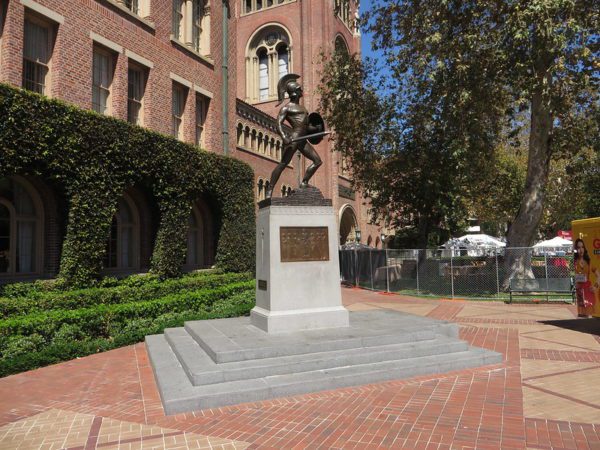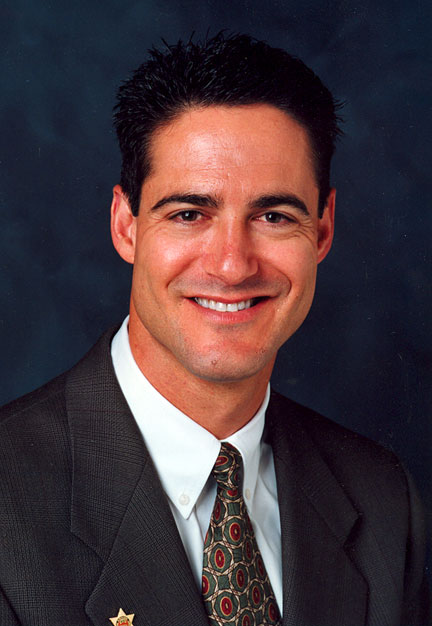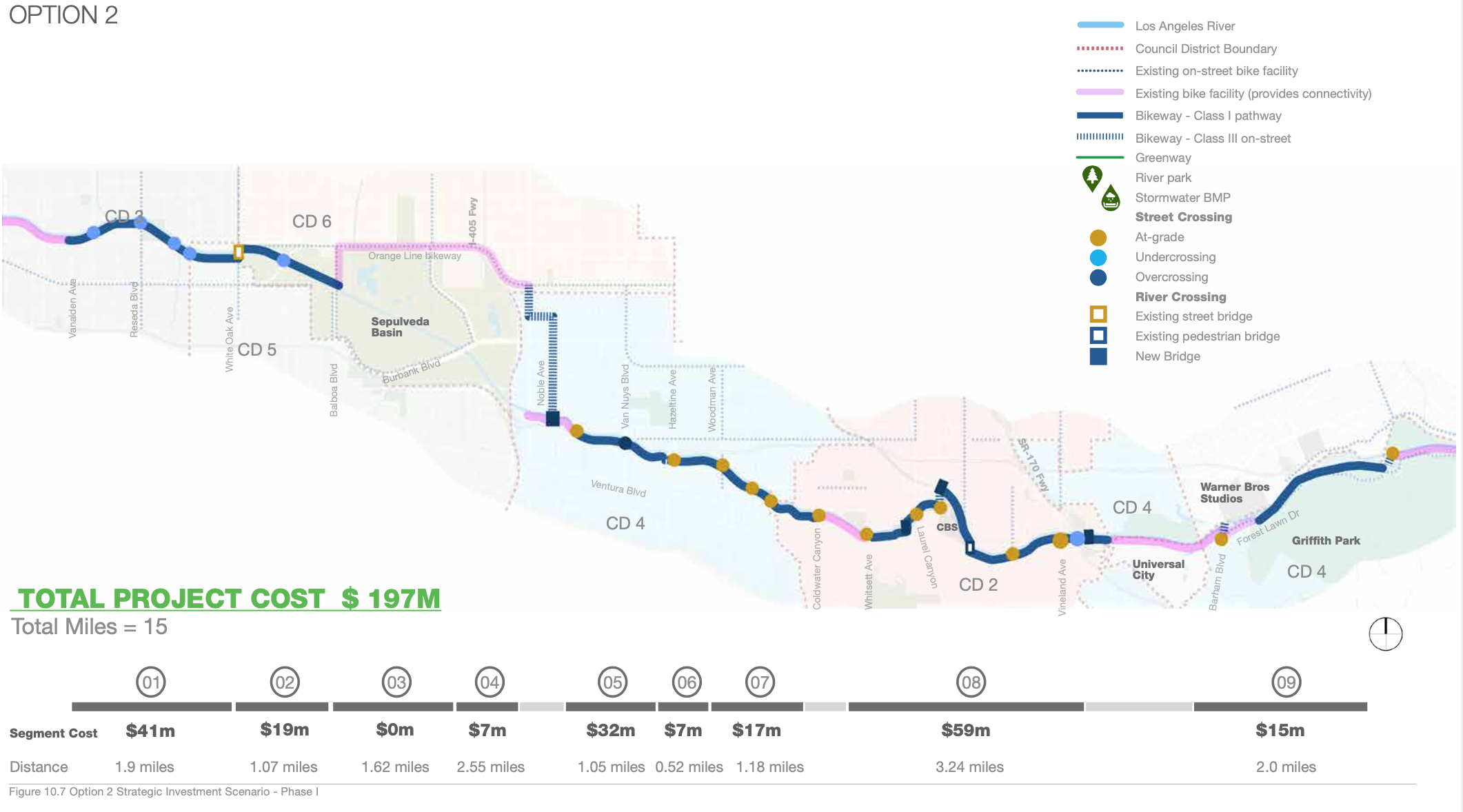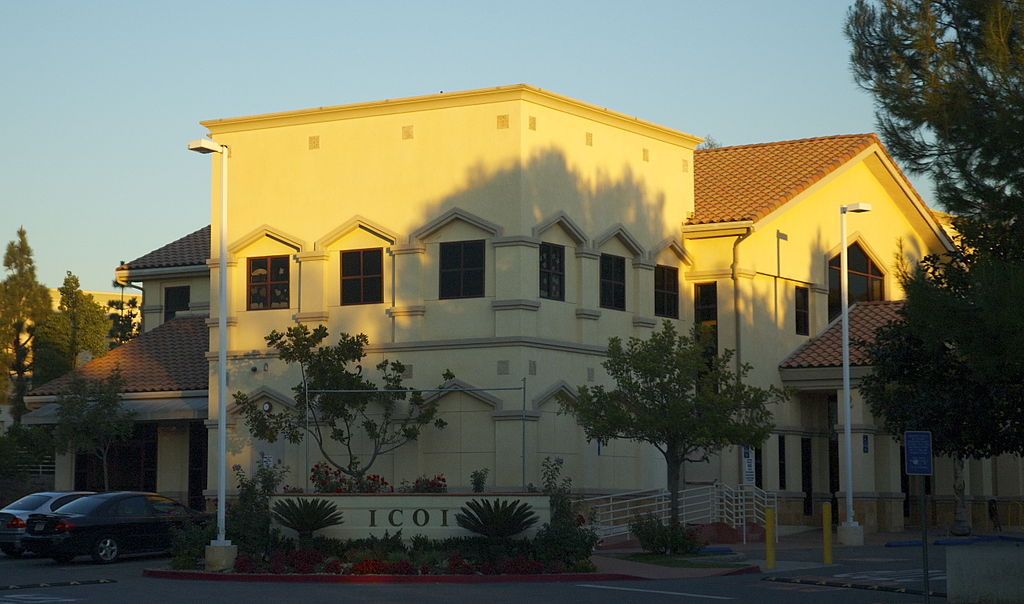Following the lead of the state and Los Angeles County, USC announced Friday it will drop its requirement for students and staff to wear masks indoors at most university locations.
“Although we are following the CDC and Los Angeles County Department of Public Health in removing masking as a requirement, we want to be clear that masks will continue to be welcome on campus for all those who wish to continue taking extra precautions,” according to a message sent to the USC community by university Provost Charles Zukoski and Senior Vice President David Wright.
“According to the county’s guidelines, although masking is no longer required indoors, it remains strongly recommended.”
They noted that while masks will no longer be required in classrooms, labs, offices, libraries, recreational facilities, dining facilities and athletic facilities beginning Monday, face coverings will remain mandatory at health care facilities and aboard all public transportation, including USC shuttles.
Due to a city of Los Angeles ordinance still in effect, students and staff will have to continue providing proof of COVID vaccination or a recent negative test to access certain facilities, such as dining halls, fitness centers and restaurants, according to the notice.
The Los Angeles City Council in the coming weeks will be considering lifting its vaccine-verification ordinance.
USC will continue to require that unvaccinated or not fully vaccinated students be tested every 72 hours. Students who have been vaccinated but have not received a booster shot must test twice per week. Vaccinated staff/faculty who haven’t yet received a booster must test once per week.
UCLA officials did not immediately respond to a request for comment on whether that university would also lift its masking requirement. Last week, when the county lifted the masking mandate for vaccinated people, UCLA notified students that the university requirement would remain in effect for everyone, noting that while campus COVID cases had dropped significantly, “the case numbers are still much higher than where we were last summer and fall.”







